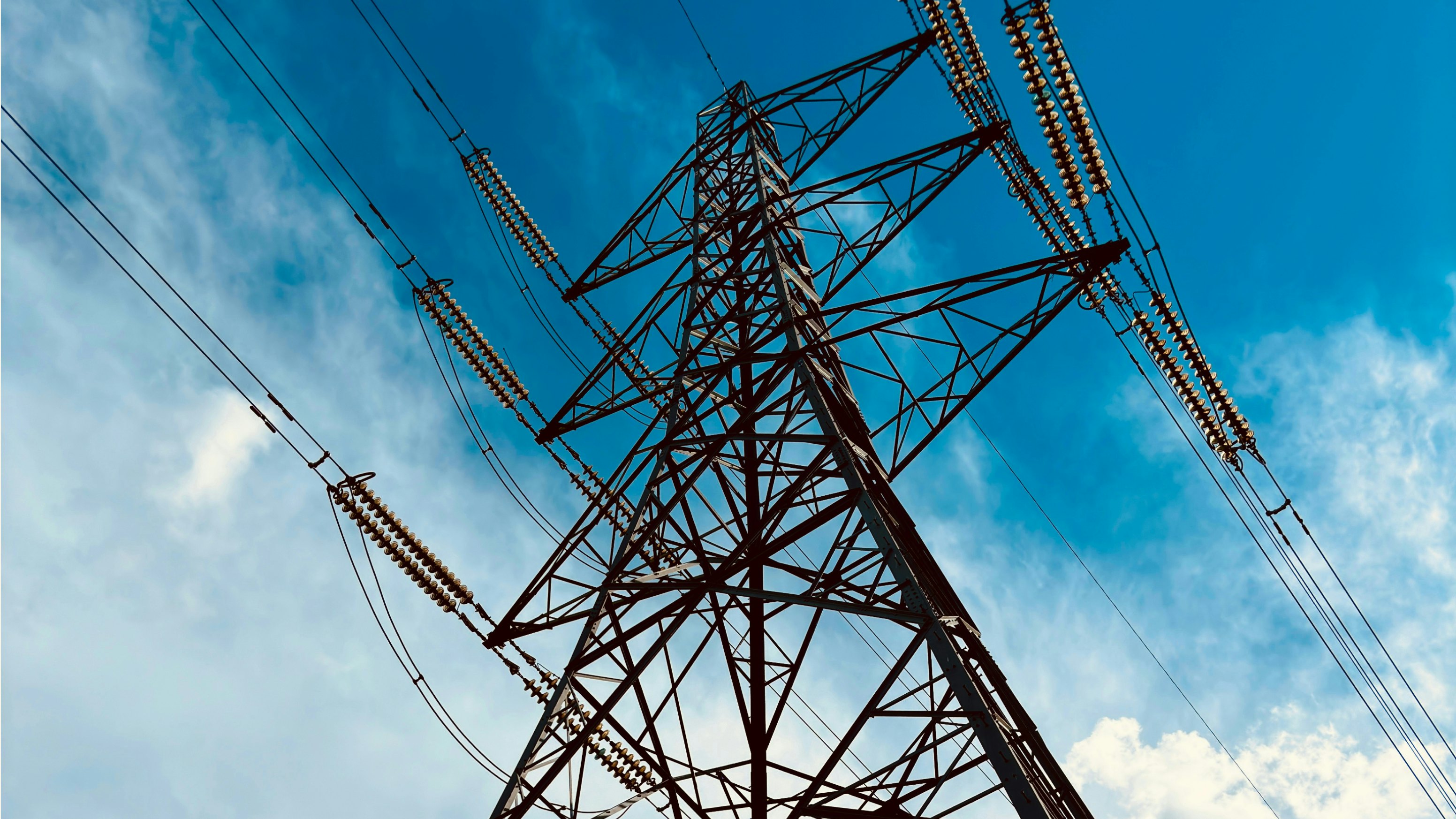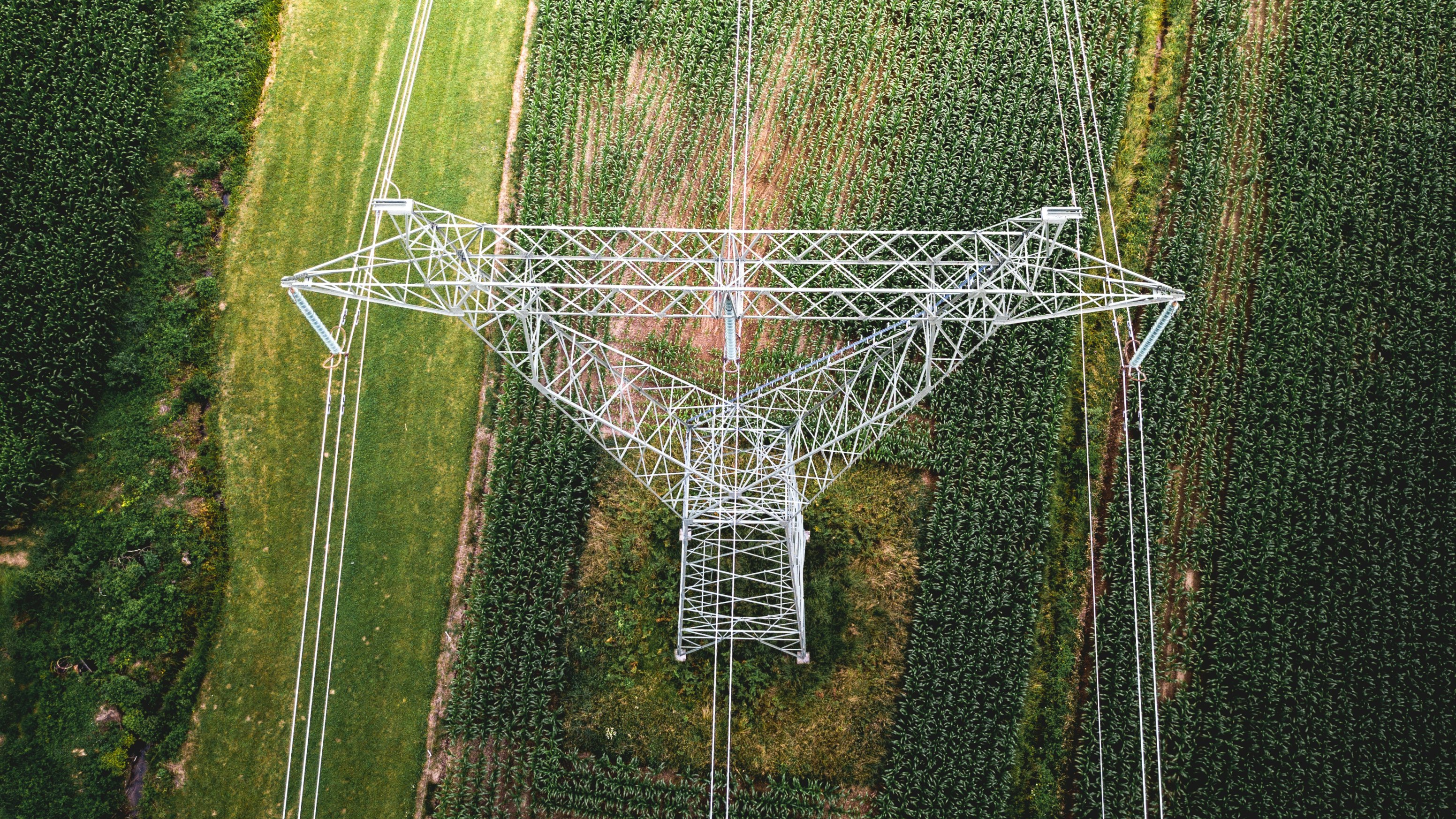When to use interval utility data

When looking to understand and reduce energy consumption and cost, companies often look first at the data contained in monthly utility bills. While standard utility bill data can provide great value when thoroughly analyzed, it does have limitations related to granularity and depth of information. Specifically, utility bill data does not allow you to view the amount of energy consumed at different times of the day.
Interval data has become a key ingredient for energy management analysis, because it provides much more detailed information regarding energy consumption. As the name suggests, interval data is collected from smart meters at defined intervals (e.g., every hour or 15 minutes) to provide a wealth of insight. Enterprises find this information extremely valuable in demand response analytics, decisions around implementing alternative energy, energy efficiency insights, and peak shaving initiatives, among other use cases.
Top 9 use cases for interval data
Interval data is an invaluable tool for optimizing energy management and making informed decisions about energy use. Here are the top interval data use cases that deliver the most value for businesses today.
1. Assessing energy procurement options
Like many energy users, you may have a choice in how you procure their energy, with many suppliers offering a wide variety of pricing and contract structures. Additionally, a growing number of companies are implementing ambitious goals to source “24/7 carbon-free energy,” which requires matching renewable energy supply with energy usage on an hour-by-hour basis. Interval data is required to properly assess the cost, market risk, and carbon impact of different power purchase agreements (PPAs) and retail supply options, as this can only be done by evaluating each option against your actual load profile.
2. Auditing utility bills
Utility bills are very complex, and it is not uncommon for utility providers to bill a customer improperly. With access to interval data, you can audit your utility bills by confirming that your bill charges and readings match your actual load data. This proactive approach can help identify discrepancies early, ensuring you only pay for the energy you actually use.
3. Selecting the right tariffs to save money
Residential, commercial, and industrial buildings all have different load profiles. Because energy needs vary widely, utilities have distinct tariffs to charge customers depending on their building type, demand levels, rate schedules, and other factors. Selecting the right tariff for your building’s particular load profile, also known as tariff optimization, is one of the first cost-cutting measures you can take. For example, if your building’s load profile displays low demand during on-peak hours, there may be opportunities to save money by switching to a time-of-use tariff.
4. Managing peak demand
Large commercial organizations pay a demand charge based on the highest amount of energy they consume during a given period. This charge can sometimes be a very substantial amount on the bill. Interval data helps you identify detailed patterns of 15- to 60-minute energy consumption which can be used to implement employee programs or adjust equipment settings to curb usage during those times.
5. Identifying optimal building operating hours
You may be able to save on energy costs by operating certain facilities differently. For example, if a facility is on a time-of-use tariff and opens at 8:00 AM, the facility will experience a surge in kWh consumed due to air conditioning, heating units, and other appliances and devices being turned on. If the utility’s on-peak hours also begin at 8:00 AM, it may be worth shifting the facility’s start time earlier to an off-peak hour-demand rate.
6. Evaluating distributed energy resources
Installing solar or energy storage can prove to be a good alternative if the peak rates are high during a certain time period and your organization also experiences high demand during those times. Interval data can shed light on whether or not this is the case for your organization, and perhaps turn the conversation towards implementing more cost-effective sources of energy.
7. Validating demand response event actions
Many utilities offer demand response programs that offer cash payments and other incentives to participants who are able to shed load during periods of peak demand. Demand response providers often need interval data to validate that there were indeed energy-reducing actions taken following a demand response event.
8. Improving the accuracy of carbon accounting
Typical carbon accounting methods involve taking aggregate usage data and multiplying it by the average carbon intensity of the regional power grid. However, because the carbon intensity of the utility grid varies minute-by-minute and hour-by-hour, a building’s carbon emissions from electricity consumption will depend on when it uses energy, not just how much. Sophisticated sustainability leaders rely on granular interval data for a more accurate measure of their organization’s carbon footprint.
9. Reconciling data from submeter and main meter readings
If your organization has third-party submeters installed, it’s possible that the sum of the parts doesn’t always equal the whole. More specifically, the aggregation of submeter data may not match what the main, building-level meter reads. The building’s submeters could be over or underreporting energy consumption, resulting in faulty data. Whole building interval data becomes useful in reconciling data from the two different sources.
Easy access to interval utility data with Arcadia
Interval data is a powerful tool that allows businesses to go beyond basic energy tracking and actively optimize energy costs, sustainability initiatives, and more. By tapping into this detailed level of insight, organizations can make informed decisions to enhance operational efficiency and meet carbon-reduction goals with precision.

Connect with our team to discover how interval data can transform your energy management strategy
Contact usInterval utility data FAQs
What is interval utility data, and how is it different from standard utility bill data?
Interval utility data provides highly detailed insights by measuring energy consumption at specific intervals (e.g., every 15 minutes or hourly) rather than in aggregate, as is the case with standard monthly utility bills. This granularity allows organizations to see exactly when energy is being used, helping to identify peak usage times, potential inefficiencies, and cost-saving opportunities.
How can interval data help my organization save on energy costs?
Interval data allows businesses to make data-driven decisions regarding peak demand management, tariff selection, and the timing of energy-intensive activities. By understanding detailed consumption patterns, organizations can adopt cost-saving measures such as adjusting operating schedules to avoid peak demand charges, switching to time-of-use tariffs that align with lower rate periods, and implementing energy efficiency programs that target high-consumption hours.
Is interval data collection compatible with renewable energy sources?
Yes, interval data is highly valuable for businesses incorporating renewables. By matching energy usage with renewable generation on an hour-by-hour basis, organizations can assess the cost-effectiveness of renewable energy projects and ensure they align with energy demand, maximizing the impact of sustainable initiatives.


